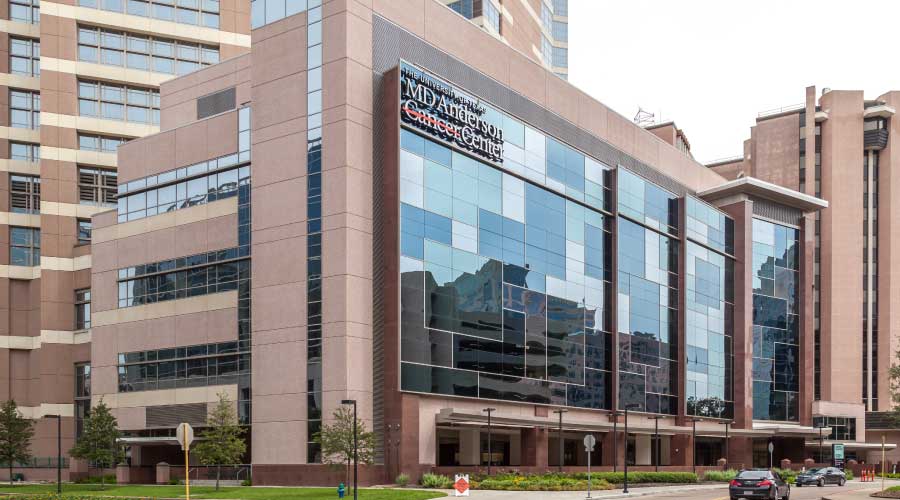Renovation Results in Leaner Maintenance Principles at University of Alabama
The department also took the opportunity created by damage from the arc-flash explosion to incorporate lean maintenance principles into the central energy plant's design.
"Lean maintenance is about operating at the highest possible level of efficiency and eliminating waste from all activities associated with the services provided," McKelvey says. "This includes activities that waste material and, just as important, activities that waste time. We wanted to ensure that all equipment installed had the lowest possible life-cycle-maintenance cost."
McKelvey points to these processes incorporated into the renovation that aimed to minimize the labor required to operate and maintain the plant:
- The energy plant building is relatively small, so pumps and piping systems now are oriented to allow easier access to and around the equipment.
- Valves were installed at strategic locations so plant operators can isolate a chiller, cooling tower, pump, sensor, or other component from the remainder of the plant system in order to allow the equipment repairs in less time and without shutting down critical equipment.
- Wherever possible, valves, sensors, and gauges now are at floor level and oriented to provide easier access by maintenance.
- A computerized control and alarm system interfaces with the campus's building automation system to reduce the amount of labor required to monitor equipment.
- Cooling towers, the boiler, and closed-loop systems feature controllers for a computerized water treatment system. The new controllers sample the water every six seconds and automatically adjust the chemical feed and blowdown accordingly, which significantly reduces the amount of labor required to maintain the water-treatment systems and decreases the amount of water and chemicals used.
Related Topics:














